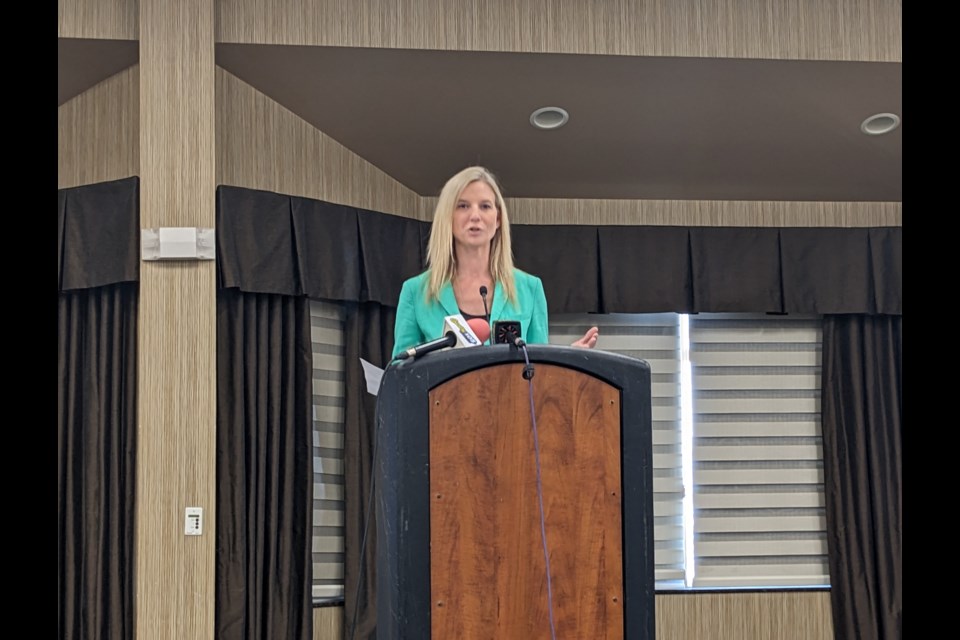THUNDER BAY – The first in a series of open houses about the Northern Road Link project is underway at the Victoria Inn Hotel.
The open house provides an opportunity for First Nations to gather information regarding the proposed all-season road between Marten Falls First Nation and Webequie First Nation.
Stephanie Ash, public relations officer, said “this particular series of open houses is targeted at both Indigenous communities as well as the general public.”
The two-day event targets two specific groups of people. The first is Indigenous groups who might be interested in learning more about the environment assessment process and the mandated federal impact assessment.
The next day, anyone from the public can come inside and learn.
“We want to make sure that we're always providing forums for engagement where people are not necessarily just in the first nations themselves, but where people are actually living their lives and being active, so we do both,” said Ash.
Although this information is important to ensure the transparency of the project moving forward, the coordinator with Northern Road Links is also gathering information from the public for both the environmental and impact assessments.
“It's really for information sharing and collecting feedback and information from interested persons,” acknowledged Ash.
Qasim Saddique, co-leader of the Northern Road Link project, confirms that the environmental and impact assessments are in their beginning stages and could take up to three years to complete due to the challenge of the remote community.
“The timeline for the project right now is that our terms of reference just got approved earlier this spring and the federal government just issued its notice that a federal impact assessment is required. So, we do have about three years from this point onwards to complete the federal impact assessment process,” said Saddique.
“But given the remote nature of the project, it presents a number of data collection challenges as well, which we're continuing to work through with Martin Falls, with Webequie, and with other neighbouring communities and with the provincial and federal governments. We expect that their data collection efforts required on the project because we're collecting a lot of data for the first time ever. This data just hasn't been collected at this level before,” Saddique said.
Saddique said the federal government requires two years of data for the draft report, which he is hoping to have complete by 2027 for review by indigenous communities, regulators, and members of the public.
When asked what kind of mechanisms are in place for what are you doing to ensure that Webequie and Martin Falls have the resources and the tools to do this data collection themselves, Saddique said that the Northern Road Link Project has led “to the creation of a new model which just didn't exist anywhere in Canada.”
“The communities defined their own way of conducting this assessment. When we say that the proponents of the communities are, typically one would imagine, the Chief and Council direct the team. That's an important place, which includes a working group led by two members of Martin Falls and two members of Webequie that is there. But, we have a community process where information is presented at the community level, feedback is sorted, which is effectively the direction that the project goes in,” answered Saddique.
